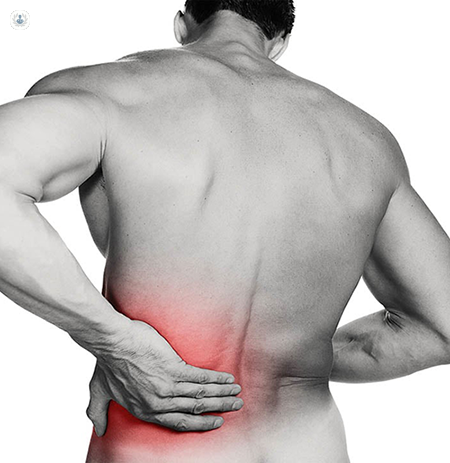Is it a muscle strain or a herniated disc? How to tell the difference
Autore:Are you unsure about the difference between a muscle strain and herniated disc? Find out more in this article.

Understanding muscle strains
Muscle strain occurs when the fibres of a muscle are overstretched or torn, usually due to sudden movement, lifting something heavy, or overuse. The pain is often localised, meaning it stays in one area, and may feel like a sharp or aching sensation.
Muscle strains typically improve with rest, ice, and over-the-counter pain relief within a few days or weeks. Swelling, tenderness, and difficulty moving the affected muscle are common symptoms, and the pain may worsen when you try to move or stretch the muscle.
What is a herniated disc?
A herniated disc, on the other hand, occurs when the soft, gel-like centre of a spinal disc pushes through the tougher outer layer. This often results from gradual wear and tear or a sudden injury. Unlike a muscle strain, the pain from a herniated disc can radiate down the leg or arm, depending on where in the spine the disc is affected. The condition often causes nerve irritation, leading to symptoms such as numbness, tingling or weakness in the limbs. Pain may worsen when sitting, bending, or lifting.
Key differences between muscle strain and a herniated disc
While both conditions can cause back pain, there are distinct differences:
- Location and type of pain: Muscle strain pain is usually localised to the back, whereas herniated disc pain may radiate to the arms, legs or other parts of the body.
- Nerve-related symptoms: Numbness, tingling, or weakness in the limbs is a common sign of a herniated disc but is not usually associated with muscle strain.
- Duration of pain: Muscle strain pain tends to improve within a few days to weeks, while herniated disc pain may persist and require medical treatment.
When to seek medical advice
If your pain lasts longer than a few days, is accompanied by radiating pain, or is affecting your ability to carry out everyday tasks, it's important to consult a healthcare professional. They can conduct a physical examination and may recommend imaging tests, such as an MRI, to confirm whether you have a herniated disc or another condition.
Understanding the difference between muscle strain and a herniated disc can help you seek appropriate treatment and manage your symptoms effectively.


